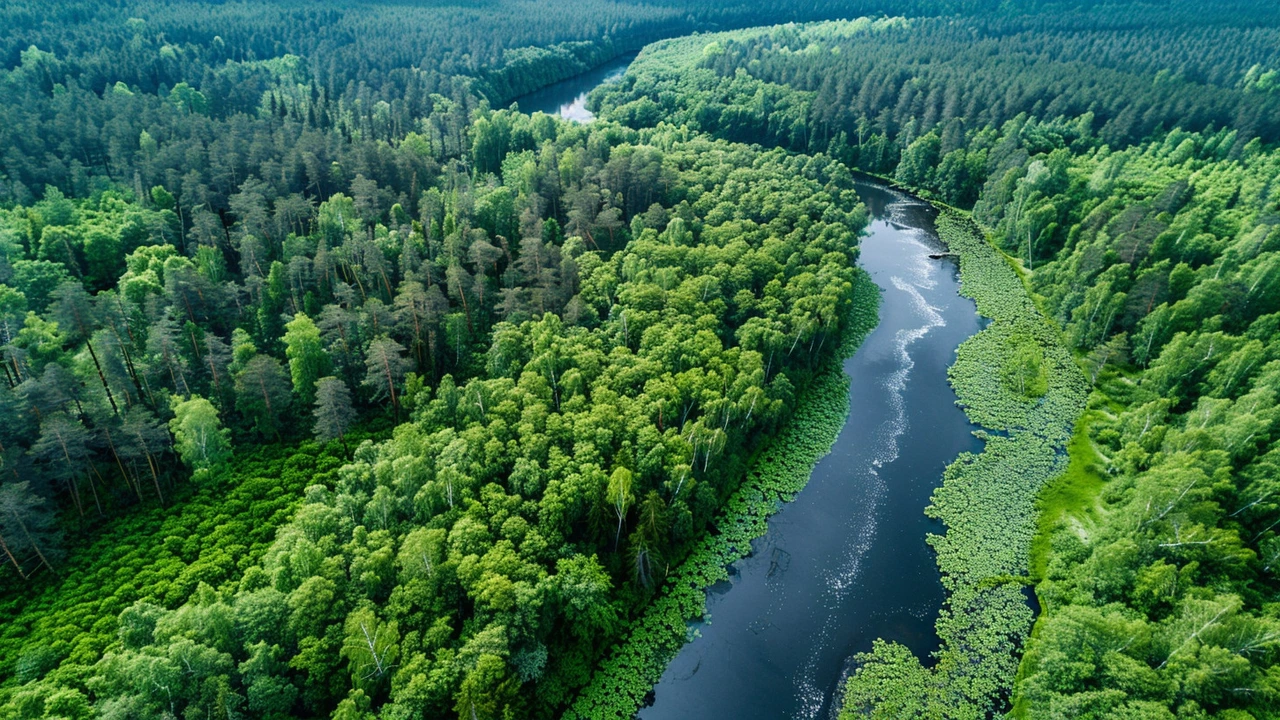Celebrating World Environment Day on June 5th, the article highlights land restoration's role in fighting land degradation, which impacts 40% of the Earth's land and half of humanity. The UN Decade on Ecosystem Restoration urges action to protect ecosystems, offering economic, biodiversity, and climate benefits. It marks the 30th anniversary of the UN Convention to Combat Desertification and COP16 in Saudi Arabia.
Land Restoration: Practical Steps to Heal the Land
Ever walked through a barren field and wondered how it could look green again? Land restoration is all about giving tired soil a fresh start. It isn’t just for scientists – anyone can join in. Below you’ll find clear, everyday actions that make a real difference.
Why Land Restoration Matters
When land is damaged, water runs off faster, crops produce less, and wildlife loses homes. Restoring the land slows erosion, holds more water, and brings back plants that feed animals and people. Communities see better air, more jobs in farming or ecotourism, and a stronger sense of pride. In short, healthy land means healthier lives.
Easy Actions You Can Take
Plant native trees and shrubs. Choose species that belong to your region. They grow faster, need less water, and support local insects. Even a few seedlings in your yard can start a ripple effect.
Improve soil with compost. Mix kitchen scraps, garden waste, or manure into the ground. Compost feeds microbes that lock away carbon and make nutrients available for plants.
Control weeds without chemicals. Pull weeds by hand or use a mulching layer of straw or wood chips. This blocks sunlight, reduces competition, and adds organic matter as it breaks down.
Protect waterways. Create buffer zones of grasses or trees along streams. These strips filter runoff, keep sediments out of the water, and give fish a safer place to spawn.
Get the community involved. Organize a local clean‑up day, a tree‑planting event, or a workshop on composting. When neighbours work together, the impact multiplies and you build lasting connections.
Remember, you don’t need a huge plot to start. Small backyard patches, balcony pots, or a community garden plot all count. The key is consistency – a little effort each month adds up over years.
Keep an eye on progress. Take photos, measure how many plants survive, or test soil moisture. Seeing real change keeps you motivated and shows others what’s possible.
Land restoration isn’t a one‑time project; it’s a habit. By mixing simple steps with community spirit, you help turn tired landscapes into thriving ecosystems. Ready to roll up your sleeves? Start today and watch the land come back to life.
